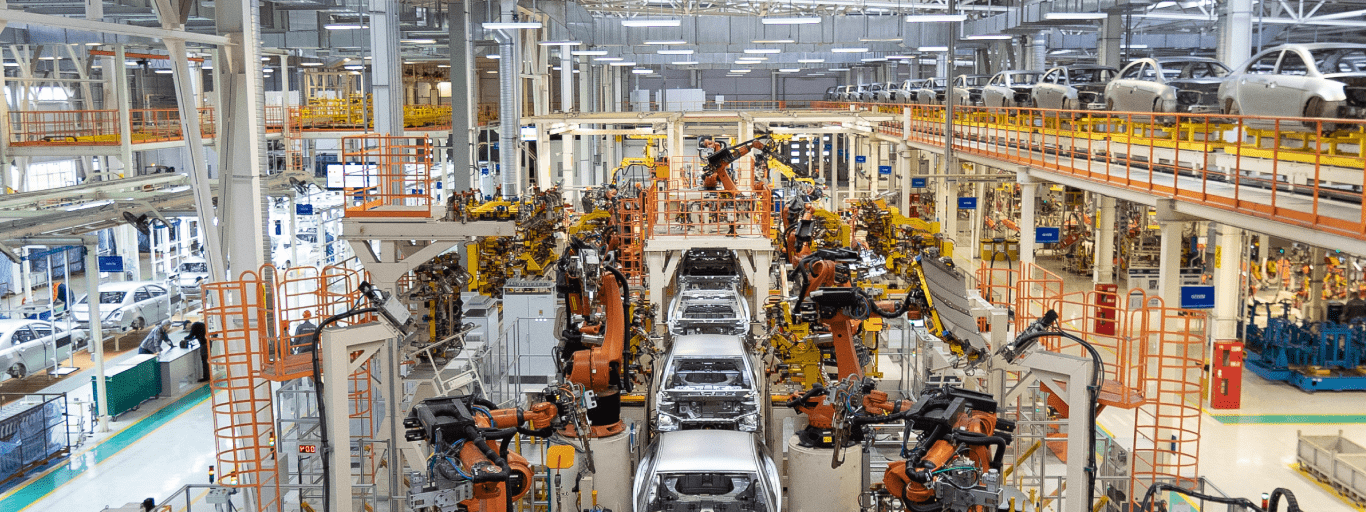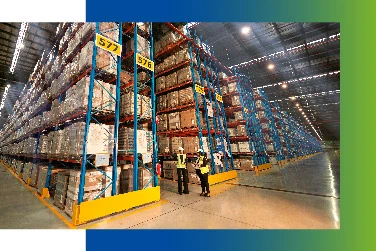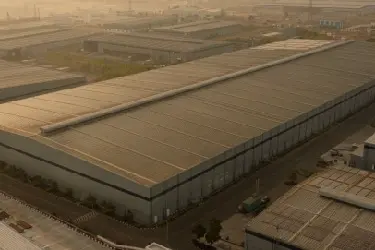The Automotive industry comprises a wide range of companies involved in the design, manufacturing, marketing, and selling of motor vehicles. Across developed and developing economies, the automotive industry is the key driving force behind macroeconomic growth, contributing to approximately 3 percent of global GDP, and driving the technological advancement of many adjacent sectors.
The automobile sector plays a vital role in the fabric of the Indian economy as well. In terms of volume and value, the Indian auto industry is the world’s sixth-largest producer of automobiles.Automakers account for 7 to 8 per cent of India’s total employment and contribute 7 per cent to the country’s GDP. As an auto exporter, India has strong growth prospects in the near future. In terms of volume, the two-wheeler segment dominates the market thanks to an expanding middle class and a younger population.
The automotive industry has never witnessed a high magnitude of multi-dimensional change until now. Rapidly evolving customer needs, the disruptive impact of technology, the dynamic regulatory environment, changing mobility patterns, and global interconnectedness are all impacting the way auto companies are doing business today globally and in India.
Currently, momentum in India’s automobile industry has been witnessed largely in the port city of Chennai, which is an emerging industrial hub for automobiles. Located in the outskirts of Chennai – Oragadam is an industrial hub known for its automobile industry. It is also one of the fastest-growing suburbs in the city. This area has over 22 Fortune 500 companies – amongst which six are global car manufacturers.
Many automotive manufacturing giants have set up their automobile warehouses in this location because of the strategic advantage of transportation and supply chain. Firms like Apollo Tyres, Daimler AG, Renault-Nissan, Komatsu, Ford, BMW, Mitsubishi, and Toyota amongst others have their presence in this location and have warehouses storing their final products, raw materials as well as spare parts ready for dispatch.
The Automobile warehouse layout
The auto sector is highly dependent on OEM supplies and having an effective layout thus helps in building and driving efficiencies. Most of us perceive the auto sector as a single manufacturing line that makes vehicles. However, it is more complex than that given the various elements involved, from steering wheels to infotainment units. Ensuring the supply chain is maintained in a manner that minimises errors and improves cost efficiencies thus becomes extremely important. For example, having your suppliers within close proximity of your warehouse will help get better utilization out of equipment, tractors, and drivers. You can also reduce lead time and keep inventory levels low by having the last location of warehousing parts within proximity of the location. An effective warehouse layout is extremely important as it directly impacts your warehouse’s productivity and efficiency. Maintaining a level of consistency and error-proofing, to ensure that the right part gets to the right location just in time, every single time.
The layout should arrange the process in a logical order to achieve a streamlined operation, boost productivity, and reduce expenses.
The warehouse layout should be carefully curated based on 3 important parameters: The company’s product range, the number of items in a product line, and the size of the products. It is imperative to consider these parameters to establish the warehouse and put the resources in place.
One of the most popular choices of warehousing layout optimization is the U Flow. This feature involves receiving docks on one side of the building, with the unloading area, dynamic and static shelving, and packing area forming a U through the building. The U is completed as it reaches the shipping staging area and distribution docks. The movement of both product and equipment along two distinct lanes is not hindered by a bottleneck in the flow. This layout also minimizes product handling, offering high cross-docking capability.
Few simple points to focus on to improve the automobile warehouse design
Data collection and analysis: Data within a warehouse must be accurate, accessible, and up-to-date on a real-time basis for it to be organized. With the advancement of warehouse management software (WMS), most of these options to automate data collection are included, including the use of barcodes and hardware and support software.
Health and safety facilities for staff: Health and safety risks are associated with warehouse work. If you do not control them, your warehouse may face a high employee turnover, underperforming workers, injuries and illnesses, missed workdays, legal issues, and, at worst, fatalities. In most instances, Forklift safety is essential for preventing impact injuries and crush injuries, regardless of whether your workers operate forklifts or lift trucks.
Ergonomic equipment: Employees can use ergonomic equipment in a neutral position, which means they won’t be reaching above or below their bodies. Every warehouse, for instance, has high-volume items that move more rapidly than others. 80/20 Rule states that 80 percent of the products you offer will be selected 80 percent of the time. In this way, you can achieve the best ergonomic results by focusing on your most important products.
Robotics: Automobile and automotive component manufacturers can use robots to increase productivity, lower costs, improve quality, and protect their people. Collaborative robotics (also known as “cobots”) has opened up new options for automakers, such as the ability to deploy robots in close contact with human employees without the need for fencing.
Types of material handling equipment in automobile warehouse
Generally, material handling equipment refers to equipment designed to move, control, protect or store material through various processes at warehouses and facilities and falls into some main categories;
Transport Equipment is used to move material from one place to another. There can be a few included like Conveyors, Cranes, and Industrial Trucks.
Unit load formation equipment is used to restrict the movement of materials so that they retain their integrity. Unit load formation equipment such as pallets, skids, slip sheets, totes, bins, baskets, cartons, bags, and crates are all examples of unit load formation equipment.
Storage Equipment is used in warehouse design representing trade-offs between minimizing handling costs, improving material accessibility, and maximizing space efficiency (cube utilization).
Positioning Equipment is when materials can be fed, orientated, loaded/unloaded, and rotated to a certain position at the workplace to be handled, crafted, transported, or stored.
Identification and Control Equipment is used under a system for collecting, storing, and communicating information used to coordinate the flow of materials within a facility and between a facility and its suppliers and customers. No special equipment is needed to identify materials and perform controls associated with them.
Why the automobile industry needs warehouse automation
Warehouse automation is at a peak as industries aim to meet the fulfilment demand. Going with the shift of physical robots to digital bots is an advantage of robotic process automation with bots handling customer queries. Automating warehouses occurs in many ways, including the use of machines and robots to streamline worker engagement with inventory processes beginning when goods arrive in the warehouse to departing and can increase efficiency and accuracy while reducing labor costs.
Software that controls and manages the day-to-day operations of a warehouse is known as a warehouse management system (WMS). The WMS assists in the receiving, placing and packing of inventory, as well as optimizing the picking, packing, and shipping of orders. The enterprise resource planning system (ERP) can include warehouse management or be designed as an independent application. Originally, warehouse inventory management systems offered simple functions, such as storage location information. Modern WMS offer a wide breadth of capabilities, from basic pick, pack, and ship functionality to sophisticated programs that coordinate high-level interactions with material-handling systems and yard management.
For more information related to our services and parks kindly visit our website
Contact us







